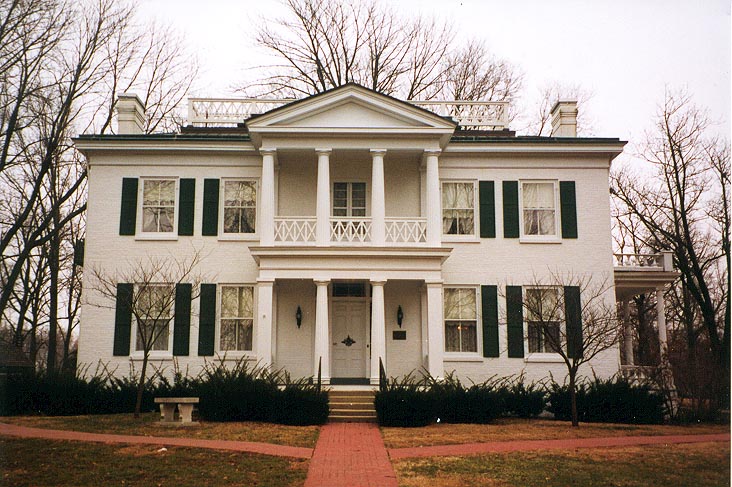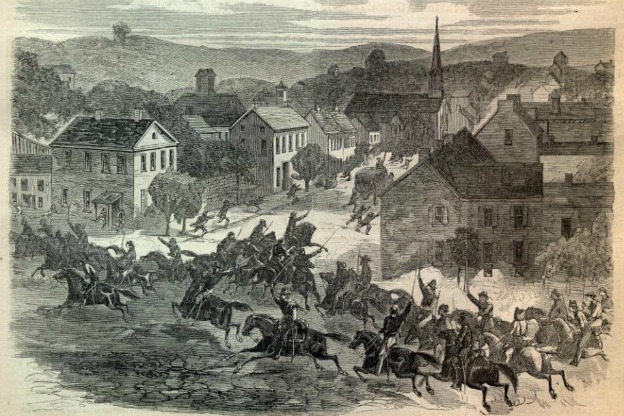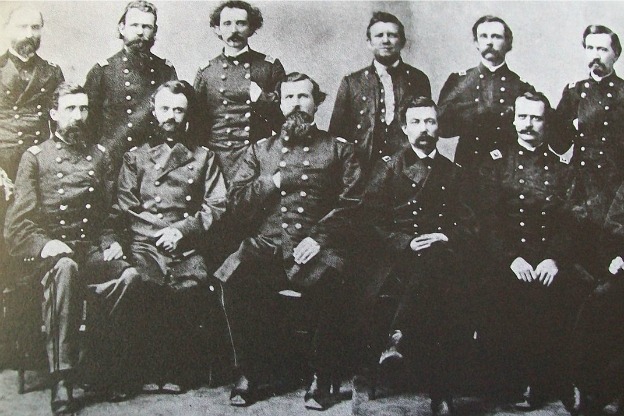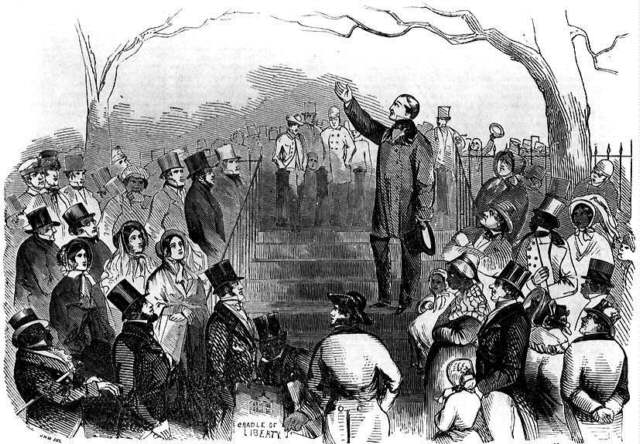 Moment of Indiana History
Moment of Indiana History
Posts tagged Abraham Lincoln
November 19, 2012

Giving Thanks On Schedule
Governor Noah Noble proclaimed Indiana’s first Thanksgiving Day December 7, 1837. In 1863, Indiana joined all the Northern states in a coordinated observance.
October 29, 2012

Indiana’s Three Day Governor
US Senator and staunch Lincoln supporter Henry S. Lane may be best remembered for his three-day term as Indiana’s thirteenth governor.
January 30, 2012

Golden Circle, Dark Plot
Historians concur that there were many Southern sympathizers in Indiana. Whether they were plotting the violent overthrow of the state government is unclear.
May 30, 2011
![]()
Fort Wayne’s Lincoln Mystery
A statue of the young Abraham Lincoln in Fort Wayne represents the president-to-be as more of a “dreamer and poet… than…rail-splitter.”
May 4, 2009
![]()
The Ten O’Clock Line Treaty
While the nation celebrates the Lincoln bicentennial, 2009 also represents the two century-mark of another important event in the state where the President spent his boyhood. In 1809, Governor William Henry Harrison struck a monumental land deal with a consortium of native peoples. The Treaty of Fort Wayne, also known as “The Ten O’clock Line Treaty,” conferred three million acres of land to the settlers.
January 27, 2009
![]()
A treasure trove of Lincolniana
On the eve of the 16th President's bicentennial, it was determined that the world's largest private collection of Lincoln memorabilia would remain in Indiana.
February 7, 2005
![]()
Lincoln’s Sum Book
Abraham Lincoln was a studious young man, though by his own account he had less than a year of formal schooling. A rare artifact from Abe’s school days in Indiana is from a student notebook.
January 24, 2005
![]()
Lewis "Lew" Wallace
Lewis “Lew” Wallace led troops in the battle of Shiloh, and later in defense of Cincinnati and Washington. Wallace is little remembered today for his his literary masterwork, Ben-Hur.














